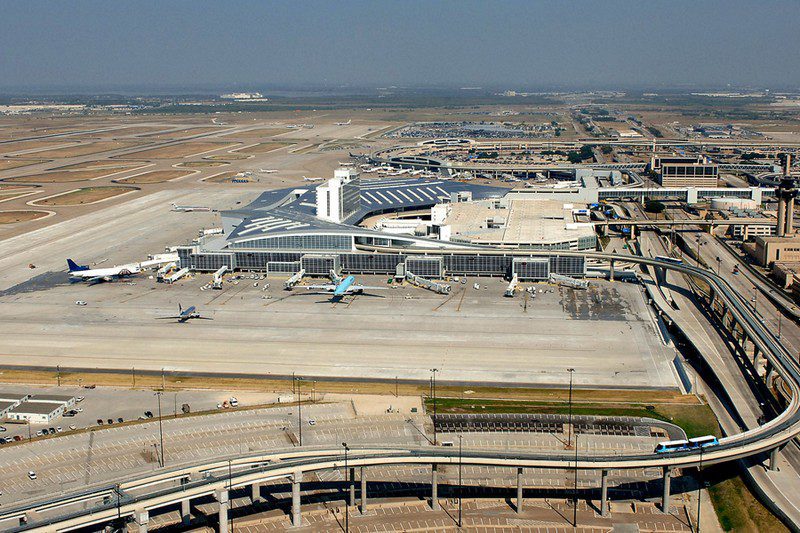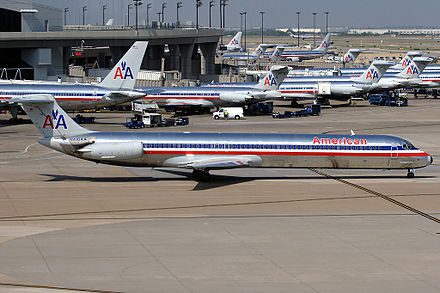The history of transport goes down to ancient times at the intersection of the human desire to move faster and the invention of the wheel. Over time, horse traction changed to engine traction. The faster a person could move, the faster was the progress. For more than 100 years, people have been able to fly at the birds’ altitude and sometimes far beyond the Earth’s atmosphere. Learn more at dallas-future.
In this article, we will tell you the history of the creation and operation of the largest airport in the Dallas-Fort Worth Metroplex.
Beginning

In 1927, the administration of Dallas offered Fort Worth to create an airport that would serve the two cities. But the authorities of Fort Worth rejected such a proposal and two separate airports were built,
- Love Field in Dallas
- and Meachem Field in Fort Worth.
Later, it was proposed to create a single airport again, but the Fort Worth administration refused it too. After a while, the economy forced the two airports to become one. Dallas Airport carried 49% of Texas air traffic and Fort Worth Airport just 1%.
The creation of the joint airport was finally renegotiated in 1961 after the Federal Aviation Administration announced that it would not finance the two airports separately.
They chose a plot that was equidistant from both cities. Construction of the airport began in 1969.
The airport was officially opened at the end of September 1973. The first plane received at the airport was the supersonic Concorde, routed from Caracas to Paris. The facility was opened under the name Dallas Fort Worth Regional Airport. The project cost $700 million. In 1985, it was renamed Dallas Fort Worth International Airport.
Initially, the airport had four terminals,
- 2W
- 2E
- 3E
- and 4E.
In 1989, the administration decided to expand the airport. However, the nearby towns of Euless, Irving and Grapevine sued the decision. After all the hearings, the court decided to reject the citys’ request and the airport began to expand.
- The seventh runway was opened in 1996.
- The first four runways are extended from 3,471 to 4,084 m.
- Terminal D was opened for international flights.
In 2016, the Airports Council International named the Dallas Fort Worth Airport the best large airport with 40 million passengers in North America for passenger satisfaction.
Airport composition

An airport needs the well-established functioning of its terminals no less than a person needs the healthy functioning organs. Dallas Fort Worth International Airport has five terminals and 165 gates. The old terminals are of a semicircular shape, while the new terminal D has a square shape with smoothed corners. After 1990, the names of the terminals were changed. Now, they are indicated by the letters from A to E.
Airport terminals are needed to reduce the distance from the car to the plane for passengers. To facilitate their movement, the airport management introduced its own internal transport.
Operation

Dallas Fort Worth International Airport is one of the five busiest in the world with 900 flights per day. The airport covers an area of 17,207 hectares, which is larger than Manhattan. It is the second-largest in the USA after Denver International Airport.
The airport is like a small town with its own police station, hospital, zip code and fire station.
Plans for the future

The management and administration of the airport plan to continue expanding the airport in the future. As flyua.com.ua/ notes, they are developing a project for Terminal 6 that will be called F. Its approximate location is south of Terminal D, near the Express South parking.
Dallas Fort Worth International Airport is a huge transportation hub that serves Americans and foreigners. The airport employees always satisfy passengers with smooth service.